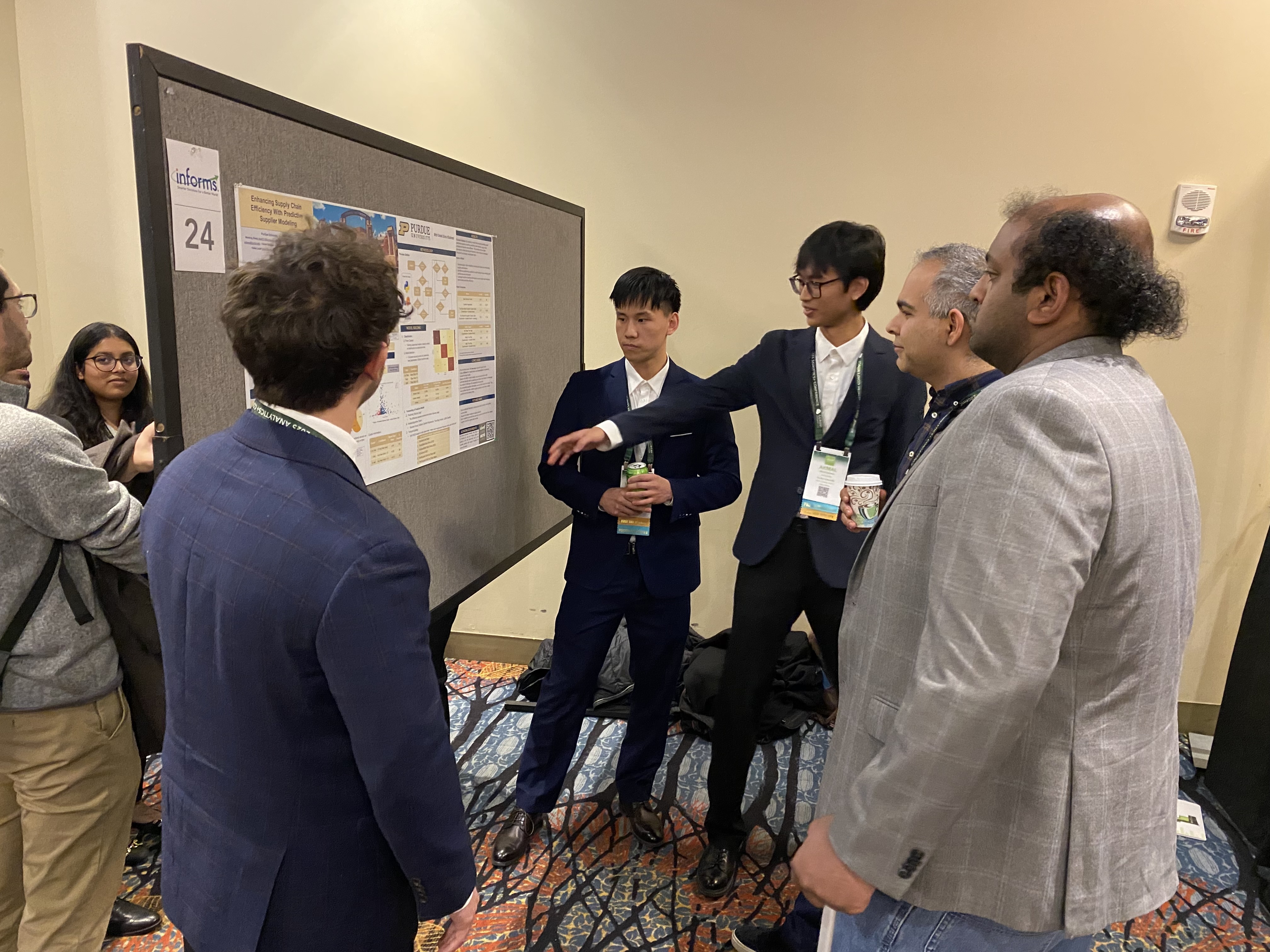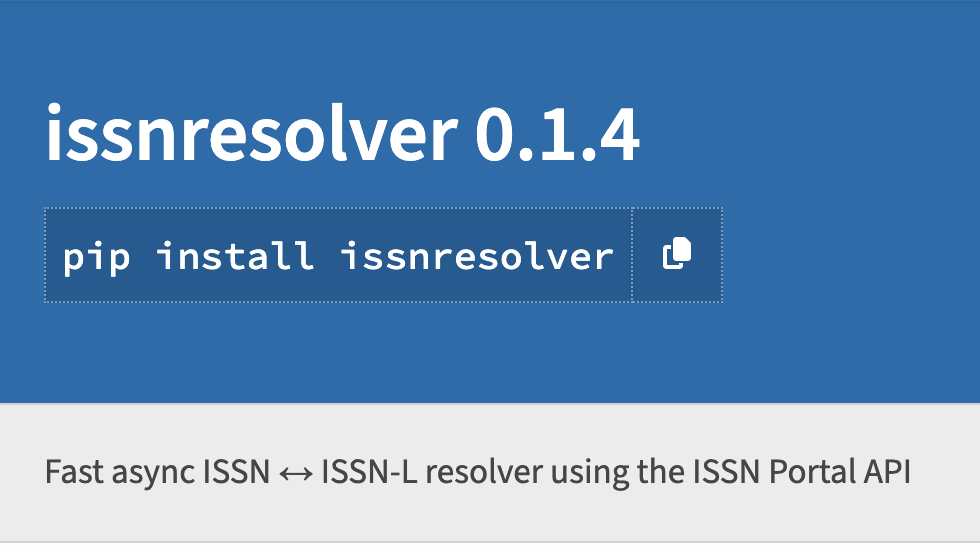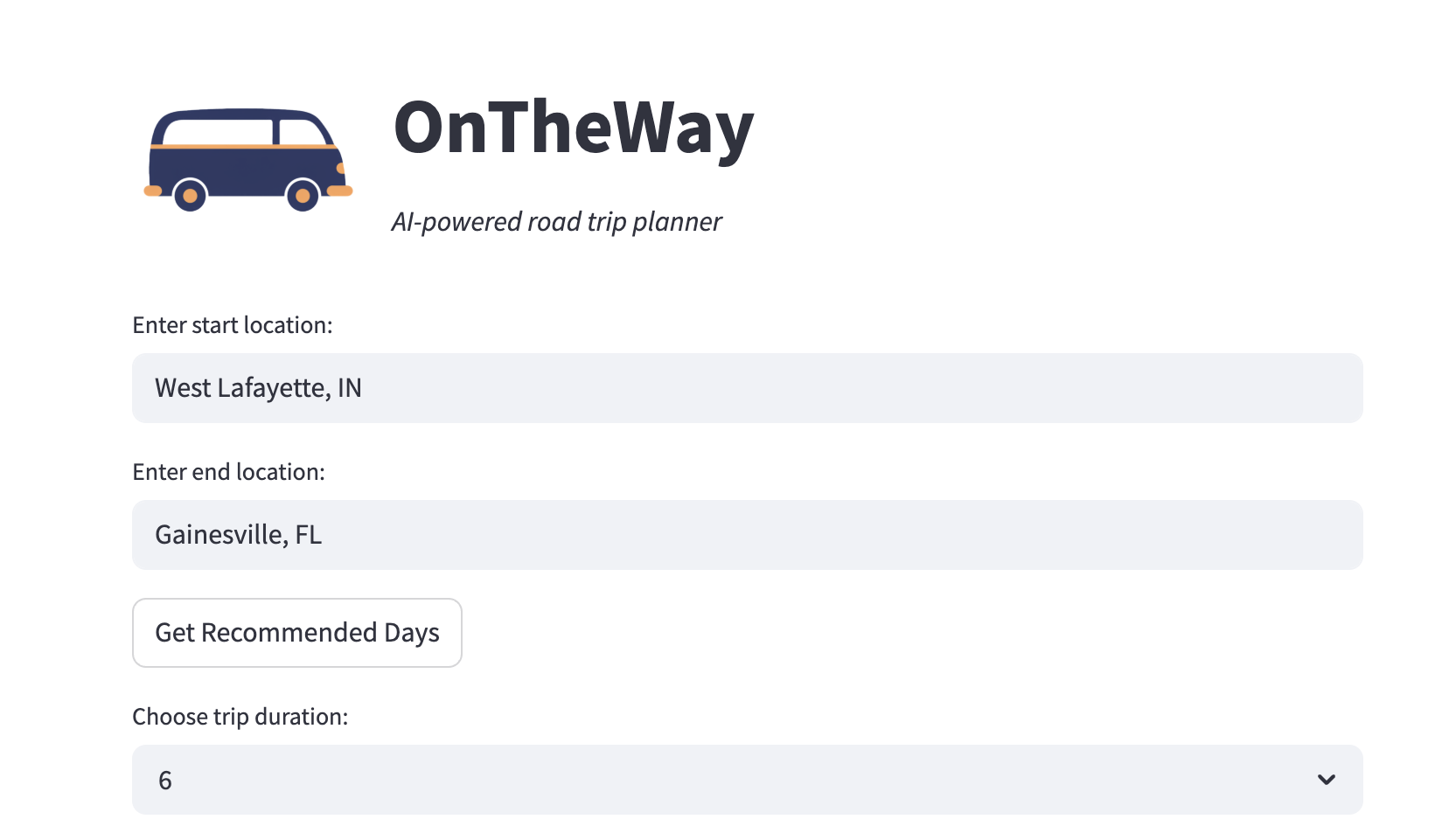Research Projects

Predicting the Unpredictable: Machine Learning for Lead Time Forecasting
Created prediction models for the supply chain of a large manufacturing company. Utilized machine learning methods as well as deep learning to give confident predictions on part orders timeliness. Presented research poster at 2025 INFORMS Analytics+ National Conference.

Machine Learning to Map Grief Stages for Military Survivors
Collaborated with Tragedy Assistance Program for Survivors (TAPS) to use machine learning classification models to predict grief stages based on survey responses. Achieved classification accuracy of 89%. Presented research poster at Purdue Fall 2024 Undergraduate Research Conference.
Purdue's Highly Prestigious Awards Historical Database
Utilized web scraping methods in Python to scrape award websites of winners and their metadata. Implemented various APIs to check institutional connection and data standardization. Resulted in 90,000+ award records and multiple Purdue University faculty/staff awards findings. Presented to Association of American Universities (AAU) in Fall 2024 and multiple Institutional Research conferences.
Professional Projects

issnresolver - Python Package
Created a Python package that gives users easy capability to look up or look down across ISSN variations (ISSN-L, ISSN, eISSN) from ISSN portal. Built as a solo project in 2 days, published on PyPi. This tool streamlines the process of navigating the complex landscape of journal identifiers, enhancing research efficiency and data accuracy for scholars and librarians alike.
PubCrawler
Created a web application that crawls academic publications indexers like Scopus, Web of Science, Google Scholar, and ORCID with existing APIs and alternative extraction methods. Providing users with a unique list of publications and detailed coverage information that can help standardize a researcher's profile. Used Python for backend and HTML + JavaScript for frontend.
Hobby Projects

OnTheWay: AI-powered Road Trip Planner
Created a webapp for road trip planning using Streamlit and Google's Gemini API. It generates personalized itineraries by dynamically interpreting user preferences and travel constraints to create optimized routes. Developed as a solo project in 13 days, leveraging Streamlit for rapid UI development and seamless AI-powered interaction.

Top Thrill 2 Launch Tracker
Built a public website that tracks a livestream of Cedar Point's premier coaster, Top Thrill 2. Known for breaking down and being closed for extended periods, this project aims to provide real-time updates and information to enthusiasts. Received significant positive attention from the coaster community, mostly on Reddit. Python and FastAPI were used to develop the backend which is hosted on a DigitalOcean droplet. HTML, CSS and JavaScript were used for the frontend.

Bluff Den
Made Bluff Den, an engaging web-based party game for 4-10 players, designed to offer a unique blend of deception and deduction where "foxes hunt rabbits in plain sight" by providing clues about a secret word. Developed as a Progressive Web App (PWA), it features a responsive design for optimal play across various devices, enhanced with modern CSS for dynamic gradients, shadows, and animations to create an immersive user experience. The game's intricate logic is managed through client-side JavaScript, ensuring smooth interactive gameplay and dynamic UI updates without server-side dependencies.

Thinksync
Built Thinksync, a web-based social party game designed to spark conversation and lighthearted disagreement, where players guess a hidden point on a subjective spectrum. The game features psychics providing clues to help guessers precisely place a needle on a target for 2-4 points based on accuracy, with opposing teams able to steal points. Its backend, developed with Python and FastAPI, leverages Google's Generative AI to create custom spectrum pairs and is hosted on Koyeb; the frontend is built using HTML, CSS (with TailwindCSS), and JavaScript.

Clue Stitch
Made Clue Stitch, an interactive, cooperative party game where 3-7 players collectively discover mystery words by giving and guessing one-word clues, featuring duplicate clue invalidation and optional timers. Technically, it uses an HTML, CSS, and JavaScript frontend, while its Python/FastAPI backend integrates the Google Gemini API to generate custom word lists based on user themes, running on a uvicorn server.